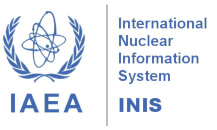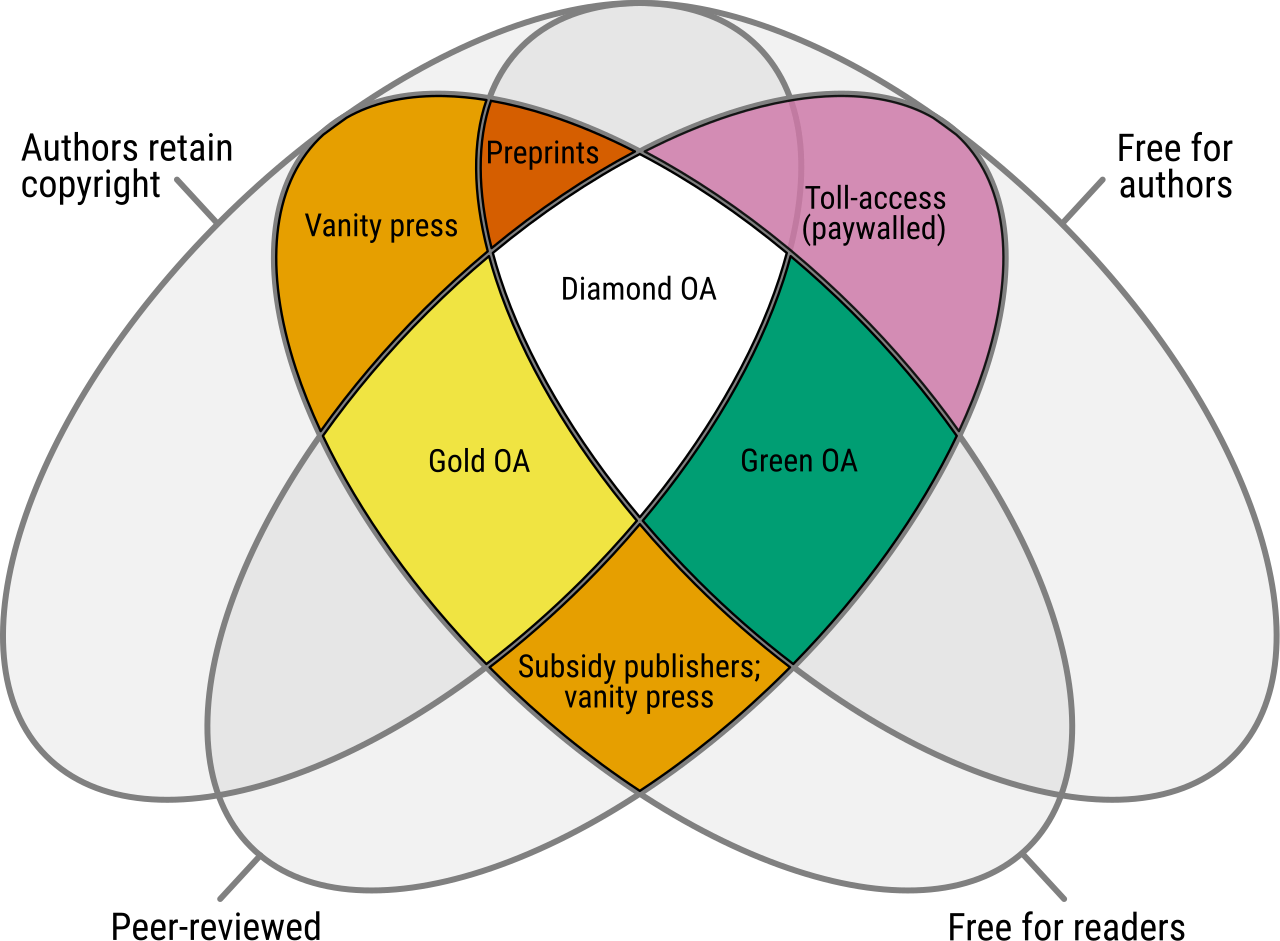Should Brazil invest in Small Modular Reactor?
DOI:
https://doi.org/10.15392/2319-0612.2024.2570Palabras clave:
Small Modular Reactors (SMRs), low-carbon, energy, isolated systemsResumen
Brazil exhibits a diversified energy matrix, with 88% coming from renewable sources in 2022, prominently hydroelectricity at 64%. However, climatic vulnerability due to dependence on water for electricity generation poses a challenge during periods of low precipitation. Most consumers are integrated into the National Interconnected System (SIN), while isolated systems, especially in the Amazon region, are managed by the National System Operator (ONS). Over 80% of the country's electricity demand is met by the industrial, residential, and commercial sectors. Despite the modest share of nuclear energy in the national electricity grid, Brazil holds the 8th largest global uranium reserves, suggesting significant potential for expanding this low-carbon option. Small Modular Reactors (SMRs) represent a relevant innovation. With capacities of up to 300 MWe per unit, SMRs are designed to be more economical, secure, and require less refueling compared to conventional reactors. Their modular design allows for factory assembly and simplified transport, making them particularly suitable for remote areas, offering a reliable base load energy source. The ability of SMRs to adjust to electricity demand and operate flexibly positions them as a complementary alternative to renewable sources, which are more susceptible to external climate variations.
Descargas
Referencias
[1] EPE - Brazil’s Energy Research Office. Brazilian Energy Balance, Year 2022, Final Report, pp. 13, 2023.
[2] EPE - Brazil’s Energy Research Office. Brazilian Energy Balance, Year 2022, Final Report, 2023.
[3] EPE - Brazil’s Energy Research Office, Matriz energética e elétrica, https://www.epe.gov.br/pt/abcdenergia/matriz-energetica-e-eletrica, 2024.
[4] PAIM et al.. Evaluating regulatory strategies for mitigating hydrological risk in Brazil through diversification of its electricity mix, https://wellesu.com/10.1016/j.enpol.2018.12.064, 2019.
[5] ANEEL - Agência Nacional de Energia Elétrica. Atlas de Energia Elétrica do Brasil, 3ª Edição, https://www.fisica.net/energia/atlas_de_energia_eletrica_do_brasul_3a-ed.pdf, 2008.
[6] ONS. O que é ONS?, https://www.ons.org.br/paginas/sobre-o-ons/o-que-e-ons, 2024.
[7] EPE - Brazil’s Energy Research Office. Brazilian Energy Balance, Year 2022, Final Report”, pp.14, 2023.
[8] Esfera Energia. Por que o GSF é tão controverso e como ele afeta as usinas?, https://blog.esferaenergia.com.br/fontes-de-energia/gsf-generation-scaling-factor, 2024.
[9] United Nations. The 17 Goals, https://sdgs.un.org/goals, 2024.
[10] BARROS, P. S. and PEREIRA, A. P. M.. O Programa Nuclear Brasileiro, Boletim de Economia e Política Internacional nº 03, 2010.
[11] ANEEL - Agência Nacional de Energia Elétrica. Atlas de energia elétrica do Brasil, 2.ed., https://livroaberto.ibict.br/handle/1/582, 2005.
[12] WNA - World Nuclear Association. Supply of Uranium, https://world-nuclear.org/information-library/nuclear-fuel-cycle/uranium-resources/supply-of-uranium.aspx, 2023.
[13] EPE - Brazil’s Energy Research Office. Brazilian Energy Balance, Year 2022, Final Report, pp.12, 2023.
[14] IEA - International Energy Agency. What are Small Modular Reactors (SMRs)?, https://www.iea.org/countries/brazil, 2023.
[15] PIRES, Adriano. “El Niño assombra o setor elétrico, e recusar geração térmica pode piorar a situação”, Estadão, 20.01.2024.
[16] VUJIC, J., BERGMANN, R., SKODA, R., MILETIC, M. Small modular reactors: simpler, safer, cheaper?, Energy 45, pp. 288–295, 2012.
[17] IEA - International Energy Agency. Projected Costs of Generating Electricity, https://www.iea.org/reports/projected-costs-of-generating-electricity-2020, 2020.
[18] INL - Idaho National Laboratory. Microreactor Program – Global Market Analysis of Microreactors, INL/EXT-21-63214, 2021.
[19] IAEA - International Atomic Energy Agency. Advances in Small Modular Reactor Technology Developments, Vienna, 2020.
[20] IAEA - International Atomic Energy Agency. Deployment Indicators for Small Modular Reactors, IAEA-TECDOC-1854, Vienna, 2018.
[21] SHROPSHIRE, D. et al. Global Market Analysis of Microreactors, INL/EXT-21-63214, Idaho National Laboratory / U.S. DOE Microreactor Program, 2021.
[22] VUJIC, J., BERGMANN, R., SKODA, R., MILETIC, M. Small modular reactors: simpler, safer, cheaper? Energy, 45, pp. 288–295, 2012.
[23] IAEA - International Atomic Energy Agency. Deployment Indicators for Small Modular Reactors, IAEA-TECDOC-1854, IAEA, Vienna, 2018.
[24] LUOMI, Mari. Sustainable Energy in Brazil – Reversing Past Achievements or Realizing Future Potential, OIES Papers, Oxford Institute for Energy Studies, Oxford, UK. pp.9, 2014.
[25] IAEA - International Atomic Energy Agency. Advanced Reactors Information System (ARIS), https://aris.iaea.org/, 2025.
[26] WNA - World Nuclear Association. Small Modular Reactors, https://world-nuclear.org/information-library/nuclear-fuel-cycle/nuclear-power-reactors/small-nuclear-power-reactors.aspx, 2025.
[27] IEA - International Energy Agency. Brazil, https://www.iea.org/countries/brazil, 2023.
[28] D. SHROPSHIRE et al. Global Market Analysis of Microreactors, INL/EXT-21-63214, Idaho National Laboratory/DOE Microreactor Program, 2021.
[29] IAEA - International Atomic Energy Agency. Advances in Small Modular Reactor Technology Developments. Advanced Reactors Information System, 2020.
Descargas
Publicado
Número
Sección
Categorías
Licencia
Derechos de autor 2025 Valéria Emiliana Alcântara e Alves, Daniel José Leibing Sarney, Amir Zacarias Mesquita, Vitor Fernandes, Ana Rosa Baliza

Esta obra está bajo una licencia internacional Creative Commons Atribución 4.0.
Licencia: los artículos de BJRS tienen una licencia internacional Creative Commons Attribution 4.0, que permite el uso, el intercambio, la adaptación, la distribución y la reproducción en cualquier medio o formato, siempre que se otorgue el crédito correspondiente al autor o autores originales y a la fuente, proporcione un enlace a la licencia Creative Commons e indique si se realizaron cambios. Las imágenes u otros materiales de terceros en el artículo están incluidos en la licencia Creative Commons del artículo, a menos que se indique lo contrario en una línea de crédito al material. Si el material no está incluido en la licencia Creative Commons del artículo y su uso previsto no está permitido por la regulación legal o excede el uso permitido, el autor deberá obtener el permiso directamente del titular de los derechos de autor. Para ver una copia de esta licencia, visite http://creativecommons.org/licenses/by/4.0/






















